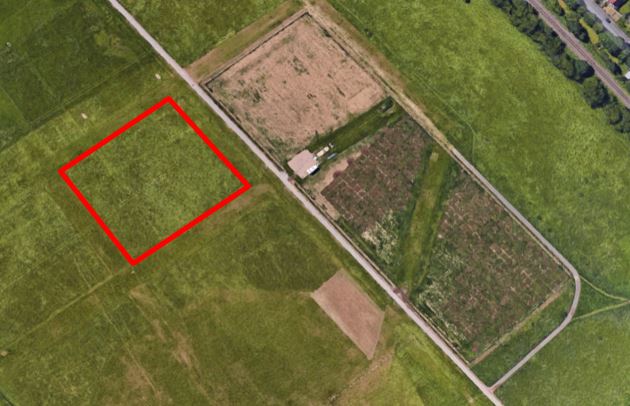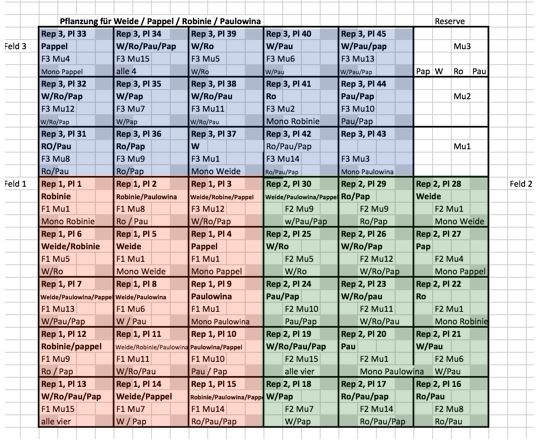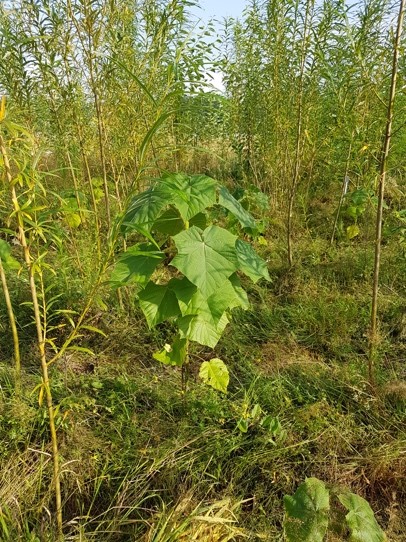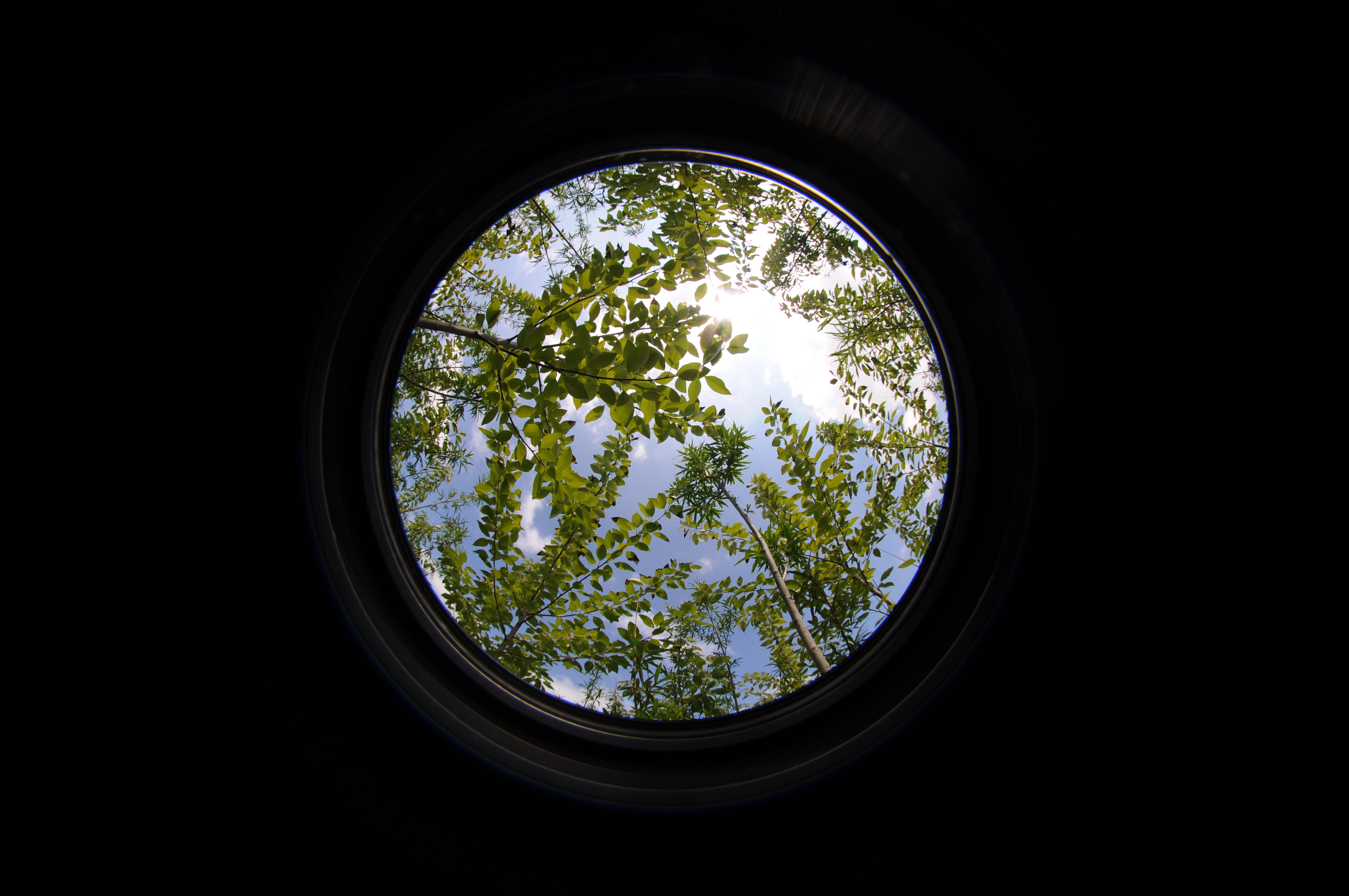HighDiv-SRC (Germany)
HighDiv-SRC is adopting the overall goal of tree diversity experiments to the applied realm of Short-Rotation Coppice plantations and their industrial applications. Hence, HighDiv-SRC aims to assess the effects of tree species diversity on various ecosystem functions and, ultimately, tree growth and yield stability (e.g. resistance to drought and pests) in short rotation coppice plantations. Particular focus is on ecosystem functions that are important for the assessment of ecological sustainability, such as water and nutrient use, carbon sequestration and biodiversity. The experiment was planted in Freiburg in spring 2015 and ended in winter 2019.

Design
The experiment follows a randomized block design with three replicates (blocks). Four species that are often used in commercial short-rotation plantations were planted in all theoretically possible combinations, i.e. plots with single species and mixtures of two, three and four species. Consequently, each block contains fifteen plots with different species combinations. Each plot contains nine subplots that will be used for specific assessments (e.g. litter decomposition, weed dynamics, soil biology). Planting density was about 15 600 ha-1.


Site characteristics
| HighDiv-SRC (Freiburg) | |
|---|---|
| Country | Germany |
| Biome | temperate |
| Latitude | 48.019541029999999 |
| Longitude | 7.8278777479999997 |
| Soil type | Cambisol |
| Former land use | grassland, sheep grazing |
| Altitude | 230 m |
| Design | stem-wise randomisation (except at 2-genotype level with regular planting) |
| Plot shape | square |
| Plot size (m^2) | 92.16 m² |
| Plant distance (m) | 0.8 |
| Number of trees planted | 6480 |
| Planting date | spring 2015 |
| Diversity variables | species richness |
| Diversity gradient | 1, 2, 3, 4 sp. |
| Size species pool | 4 |
| Species pool | Paulownia tomentosa Populus maximowiczii x trichocarpa Robinia pseudoacacia Salix schwerinii x viminalis ‘Tora’ |
| Contact person | Michael Scherer-Lorenzen |
| michael.scherer@biologie.uni-freiburg.de |
Research
HighDiv-SRC tests the hypothesis that productivity and yield stability of bio-energy plantations can be enhanced by the use of appropriate species mixtures, and we attempt to quantify the effects of mixtures on ecosystem processes relevant to sustainability, e.g., nutrient cycling and carbon sequestration. The research has implications for future bio-energy concepts, because new SRC plantations should comply with the sustainability requirements (e.g. biodiversity, C sequestration) for a carbon-neutral and environmentally friendly energy source.
Extra information
Send an e-mail to the contact person or explore the publications that utilized data from this experiment.
PhD thesis
- Arranz C 2020 Use of mixtures in short rotation coppice plantations to increase productivity. PhD thesis, University of Freiburg
Research papers
- Depauw L, De Lombaerde E, Dhiedt E, Blondeel H, Abdala-Roberts L, Auge H, Barsoum N, Bauhus J, Chu C, Damtew A, Eisenhauer N, V. Fagundes M, Ganade G, Gendreau-Berthiaume B, Godbold D, Gravel D, Guillemot J, Hajek P, Hector A, Hérault B, Jactel H, Koricheva J, Kreft H, Liu X, Mereu S, Messier C, Muys B, Nock CA, Paquette A, Parker JD, Parker WC, Paterno, GB, Perring MP, Ponette Q, Potvin C, Reich PB, Rewald B, Scherer-Lorenzen M, Schnabel F, Sousa-Silva R, Weih M, Clara Zemp D, Verheyen K, Baeten L 2024 Enhancing Tree Performance Through Species Mixing: Review of a Quarter-Century of TreeDivNet Experiments Reveals Research Gaps and Practical Insights. Current Forestry Reports - https://doi.org/10.1007/s40725-023-00208-y
- FAO 2023 Towards more resilient and diverse planted forests. Unasylva (254)74: 2031/1. Rome. https://doi. org/10.4060/cc8584en
- Messier C, Bauhus J, Sousa-Silva R, Auge H, Baeten L, Barsoum N, Bruelheide H, Caldwell B, Cavender-Bares J, Dhiedt E, Eisenhauer N, Ganade G, Gravel D, Guillemot J, Hall JS, Hector A, Hérault B, Jactel H, Koricheva J, Kreft H, Mereu S, Muys B, Nock CA, Paquette A, Parker JD, Perring MP, Ponette Q, Potvin C, Reich PB, Scherer-Lorenzen M, Schnabel F, Verheyen K, Weih M, Wollni M, Zemp DC 2021 For the sake of resilience and multifunctionality, let’s diversify planted forests! Conservation Letters e12829 - https://doi.org/10.1111/conl.12829
- Schweier J, Arranz C, Nock C A, Jaeger D, Scherer-Lorenzen M 2019 Impact of Increased genotype or species diversity in short rotation coppice on biomass production and wood characteristics. BioEnergy Research 12: 497-508 - https://doi.org/10.1007/s12155-019-09997-2
- Müller M, Klein A-M, Scherer-Lorenzen M, Nock CA, Staab M 2018 Tree genetic diversity increases arthropod diversity in willow short rotation coppice. Biomass and Bioenergy 108: 338-344 - doi:10.1016/j.biombioe.2017.12.001

